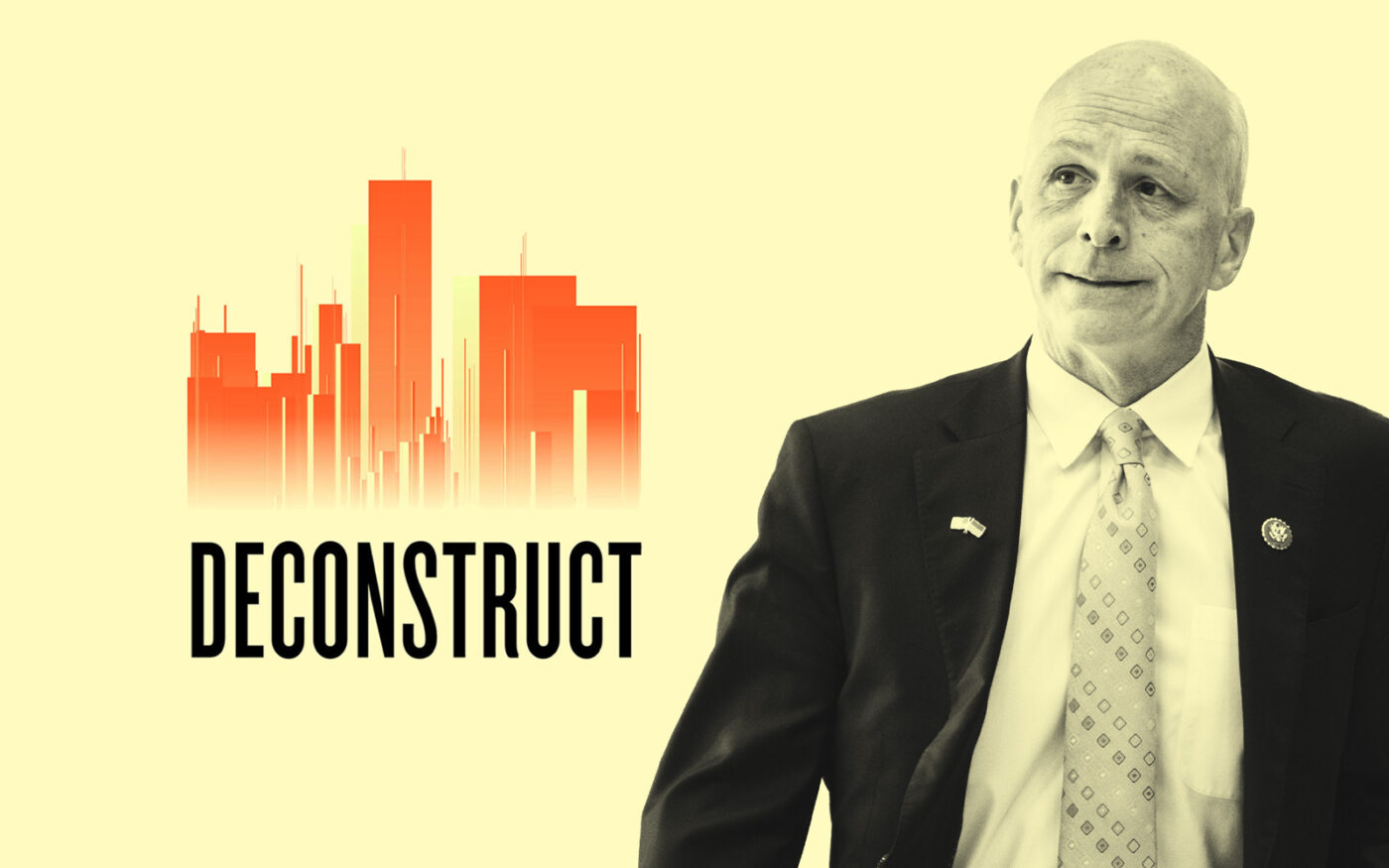Wall Street’s home is New York City. But Wall Street owns homes across the country. Some lawmakers want to end that.
In December, Democrats unveiled the “End Hedge Fund Control of American Homes Act,” escalating a debate about institutional investors in the housing market.
The Real Deal’s “Deconstruct” dug into why Washington is trying to get big investors out of single-family homes and what impact the bill could have.
“The goal here is to stop those hedge funds from owning homes. Period,” Rep. Adam Smith of Washington, who introduced the House version of the bill, told podcast hosts Isabella Farr and Suzannah Cavanaugh.
Institutional interest in single-family homes soared in the wake of the Great Financial Crisis, when 6 million American households lost their residences to foreclosure and home shoppers struggled to get mortgages. Investors filled the void, scooping up assets at foreclosure auctions.
The pandemic accelerated this trend, with low interest rates and soaring rents fueling investor interest, particularly in the Sun Belt. By 2021, buyers with five or more properties accounted for a significant portion of single-family home purchases, reaching a peak of 28 percent in the first quarter of 2022.
Investors have pulled back since rents softened in some regions and interest rates rose, but the practice continues. Blackstone bought a major single-family rental landlord in January.
Critics argue that institutional investors crowd out regular homebuyers, driving up prices and reducing home ownership — denying Americans a chance to build generational wealth.
The bill aims to get big investors out of single-family rentals entirely. It would require them to offload 10 percent of their portfolio per year until it is completely sold off. Anything they keep above that threshold would be taxed at 50 percent of fair market value for the house.
“It’s a severe penalty designed to drive you out of the business,” Smith said.
However, Jenny Schuetz, an economist and senior fellow at Brookings Metro, suggests the bill may be misguided.
“The cost of buying into your first house is higher now than it’s been in many decades. But that’s primarily a result of these macroeconomic forces: interest rates and housing prices,” Schuetz said. “Whether corporate landlords are buying in or not is not the main driver.”
Although institutional investors may reduce the supply of for-sale homes and contribute to some bidding wars, their role in the affordability crisis may be overstated. They own just 3 percent of single-family homes.
Proponents of single-family rentals have noted that many Americans do not qualify for mortgages or are not ready to buy homes, but want to live in single-family neighborhoods. For them, institutional ownership has given them new housing options.
Backers of the bill warn that hedge funds could control up to half of all single-family homes by 2030, according to projections from MetLife Investment Management. The legislation, however, lacks the bipartisan support it needs to pass.
“It’s a severe penalty designed to drive you out of the business”
One sector caught in the crossfire is build-to-rent, which — as the name suggests — builds homes to be rented rather than sold. The bill appears to disallow institutional ownership of these homes as well and would shut down this component of development, exacerbating the housing shortage.
“When you restrict us from building new communities, you’re actually hurting the exact people these bills are intended to benefit,” said Richard Ross, CEO of build-to-rent firm Quinn Residences.
Smith insisted that restrictions on investor-owned homes would not affect homebuilders.
Check out “Deconstruct” on Apple and Spotify.
Read more



